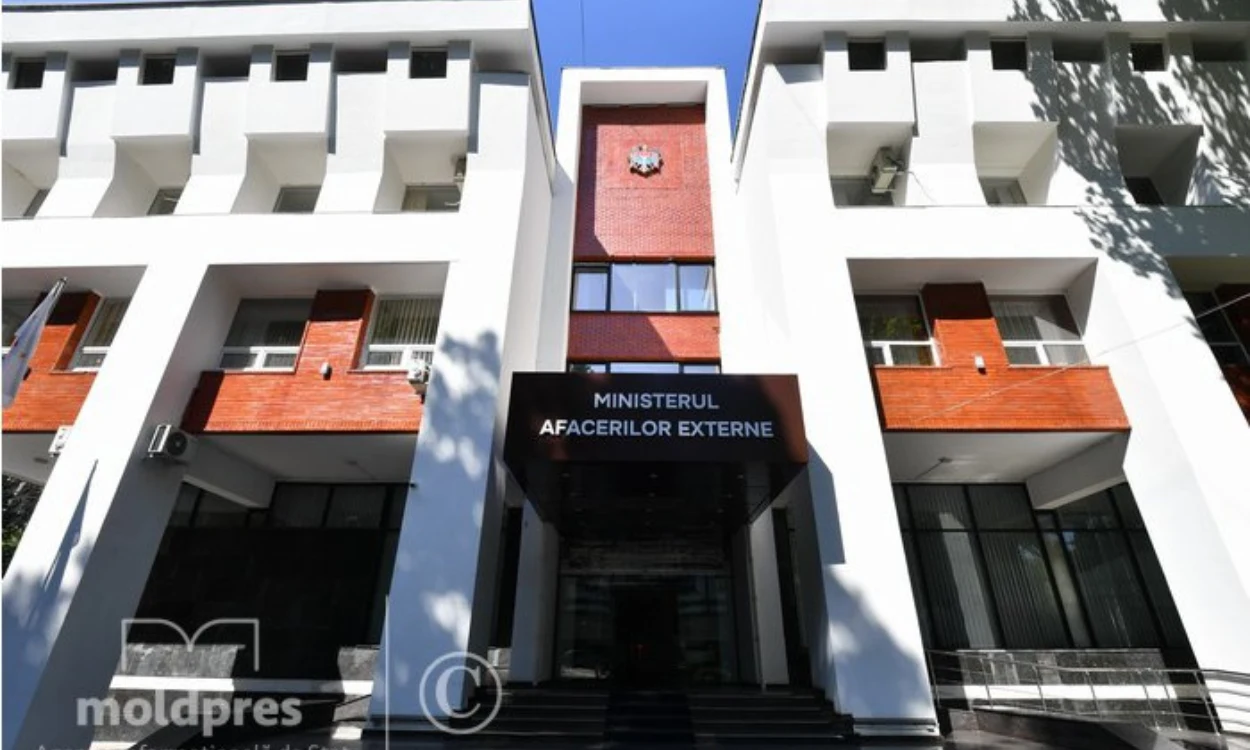The so-called ‘Angel of Death’ targeted the most vulnerable at the Countess of Chester Hospital over the course of a year.
Some babies survived an attack by Letby but were then targeted again in a determined attempt to end their lives.
She now faces an almost certain whole-life tariff meaning she will never be released from prison.
Here are the key dates surrounding the investigation of nurse Lucy Letby.
Letby faces a lifetime behind bars
/ Cheshire Constabulary/AFP– June 22 2015: Child D, a full-term baby girl, dies 36 hours after her birth at the Countess of ChesterHospital. It is the third infant death in a fortnight – equalling the total number of deaths on the neonatal unit for the whole of 2014.
– End of June/July: A meeting takes place between neonatal lead consultant Dr Stephen Brearey and director of nursing Alison Kelly, along with other bosses, to discuss an informal review undertaken by Dr Brearey of Child D’s death. His findings reveal an “association” with nurse Lucy Letby and her presence at the recent collapses.
– August 5: Blood sugar levels of a premature-born baby boy, Child F, fall dangerously low and a blood sample is sent for tests at the Royal Liverpool Hospital. A day earlier the boy’s twin brother, Child E, died following an unexpected collapse.
– August 13: The blood test result for Child F reveals an abnormally high level of insulin which indicates it was not naturally produced.
– October 23: Child I, a premature-born girl, dies on the unit. Concerns are raised again by some consultants in an email.
– February 8 2016: A “thematic” review from an independent neonatologist based at Liverpool Women’s Hospital takes place. The review, requested by Dr Brearey, does not find a reason for the increased number of deaths and collapses but concerns remain over Letby as the report is forwarded to nursing director Ms Kelly and medical director Ian Harvey.
– April 9: Another youngster, Child L, suffers a hypoglycaemic episode in which his blood sugars plunge. At around the same time his twin brother, Child M, unexpectedly collapses and requires full resuscitation before he recovers. A blood sample from Child L is sent for tests at the Royal Liverpool Hospital.
– April 16: The blood test result for Child L shows a very high level of insulin which again indicates it was not produced naturally.
– June 24: Child P, one of a set of triplet boys, collapses and dies a day after the death in the unit of his newborn brother, Child O. Dr Brearey phones duty executive on call, Karen Rees, a senior nurse in the urgent care division, to say he and his consultant colleagues do not want Letby to work her next scheduled shift on June 25 but she rejects the plea.
– June 25: Ninety minutes into Letby’s day shift, Child Q, a premature-born boy, needs breathing support after his blood oxygen levels and heart rate plummet. He goes on to make a full recovery.
– June 29: Consultants meet to discuss recent “inexplicable” events and then urge hospital bosses to remove Letby from the unit as a safety measure.
– June 30: Letby works her last nursing shift on the neonatal unit.
– July 7: Hospital bosses reduce the neonatal unit service by cutting cot space numbers and increasing the gestational age limit for admission from a minimum of 27 to 32 weeks.
Hand-written note found by police in their search of Lucy Letby’s home
/ PA– July 15: An email is sent to all nursing staff informing them they will each undergo a period of clinical supervision – after medical director Mr Harvey had asked the Royal College of Paediatrics and Child Health (RCPCH) to conduct a review of the unit’s service. The email states: “Lucy has agreed to undergo this supervision first on Monday 18th July.”
– July 19: Letby starts an administrative post in the hospital’s Patient Experience Team.
– August 9: Another group email to neonatal staff informs them that job secondment opportunities are available and states Letby is spending three months in the Risk and Patient Safety Office.
– September 7: Letby registers a formal grievance procedure against her employer. Around this time the Royal College of Nursing union informs her by letter about allegations surrounding her involvement with a number of deaths.
– November 2016: The RCPCH says it found no obvious factors linking a total of eight deaths in the neonatal unit in 2015 and five deaths up to July 2016. However it did uncover significant gaps in medical and nursing rotas, and insufficient staffing for the provision of longer term high dependency and some intensive care.
The moment of Lucy Letby’s arrest
/ via REUTERS– May 18 2017:Cheshire Police announce they have launched an investigation following “a greater number of baby deaths and collapses” at the hospital between June 2015 and June 2016. The probe will focus on eight deaths and will also review seven further deaths and six non-fatal collapses.
– July 3 2018: Letby is arrested at her home in Westbourne Road, Chester, at 6am and officers search the three-bedroom property. Searches also take place at her parents’ home in Hereford and at her place of work in the hospital’s Risk and Patient Safety Office. Police say the investigation has widened to 17 deaths and 15 non-fatal collapses between March 2015 and July 2016.
-June 10 2019: Letby is re-arrested at her parents’ home.
– November 10 2020: Letby is arrested again before she is charged and appears in court for the first time two days later.
– October 4 2022: Letby goes on trial at Manchester Crown Court accused of the murders of seven babies and the attempted murders of 10 others.





















Discussion about this post